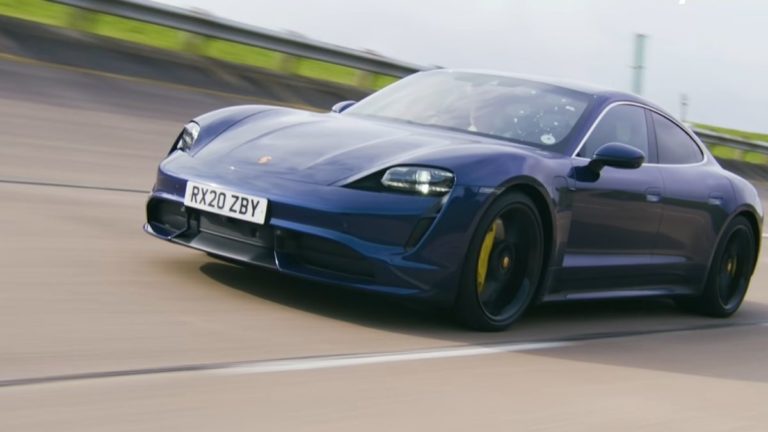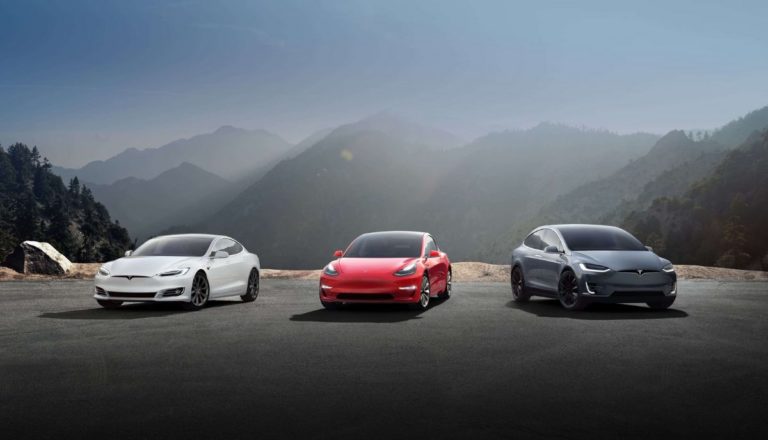Everything Explained About Electric Cars: Basics Of An EV
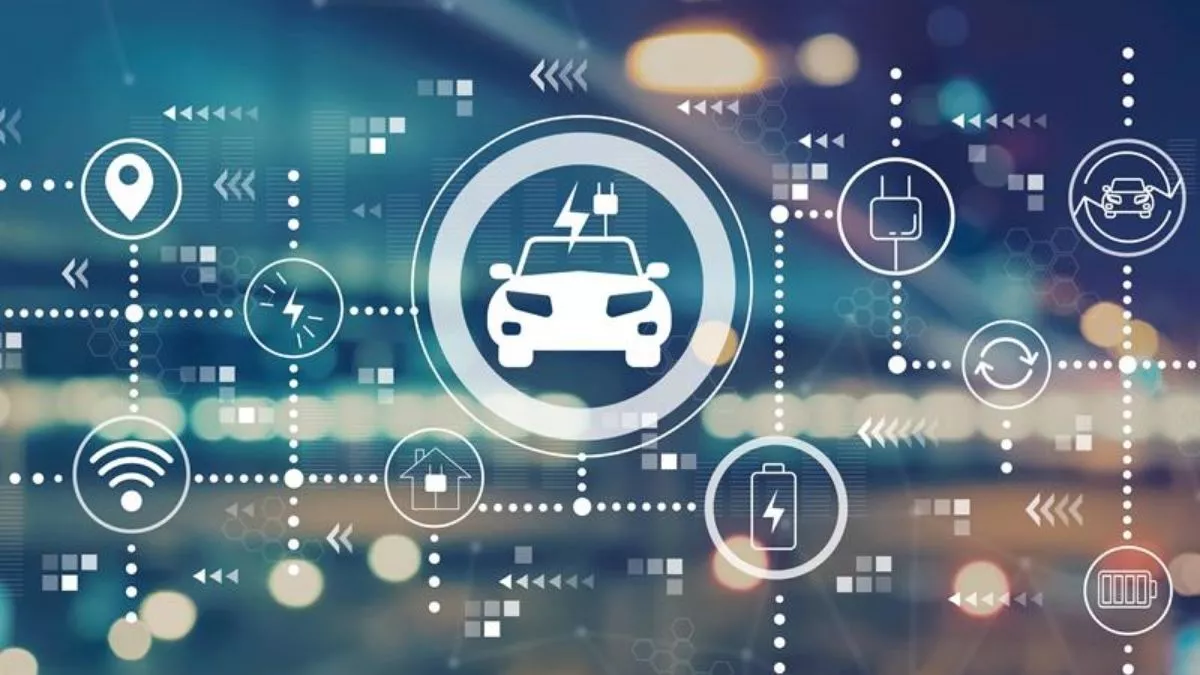
With the pace at which EV technology is improving, we can say that within no time electric cars will become as common on roads as conventional gasoline vehicles.
Since it’s an emerging technology, many people are still skeptical about it, majorly, due to a lack of awareness. Also, we know that the masses are curious to know about electric cars. Considering that, we’ve tried to put together and explain everything in brief about electric vehicles.
What Is An EV Or Electric Car?
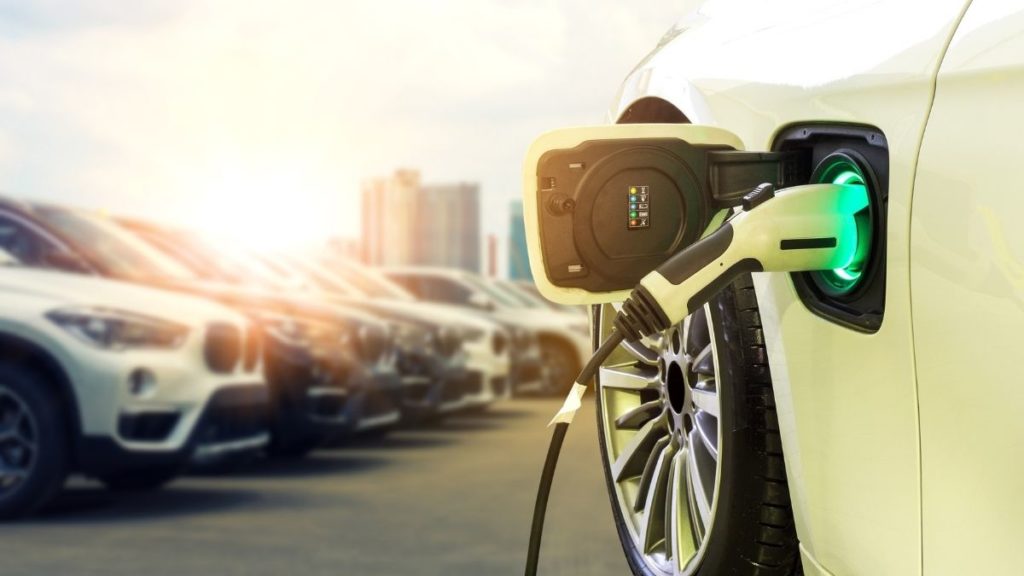
An electric car is simply a four-wheel vehicle that runs on electric energy. In electric cars, electric energy is used to carry out mechanical operations.
Unlike conventional vehicles, they don’t require any internal combustion engine to operate. Hence, any kind of hydrocarbon fuel is not needed by electric cars.
Due to the absence of an IC engine, it doesn’t produce any harmful emissions. This is why electric vehicles are also known as green vehicles and considered better for the environment.
Since there is no engine, there are other components that altogether give life to an electric vehicle.
Components Of Electric Cars
- Batteries / Battery Pack (Mostly Lithium-ion)
- Electric Motors
- Inverters
- Battery Management System (BMS)
- Electric Vehicle Transmission
- Charger for Electric Cars
1. What Are Electric Car Batteries?
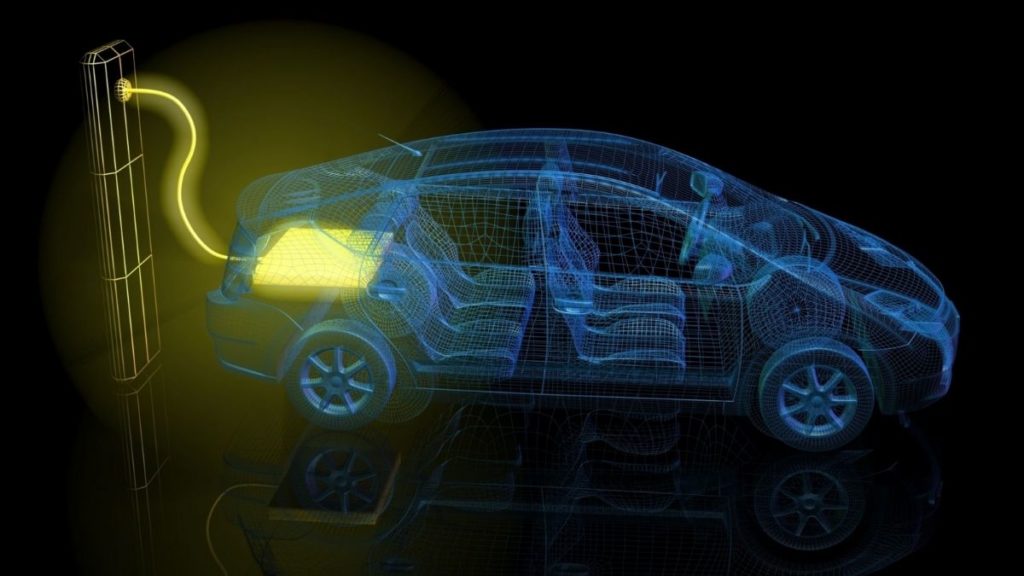
Batteries are the powerhouse of electric vehicles. They store the electric energy required by an EV to spin its wheels. You can think of it as a fuel tank in conventional gas cars.
Batteries are also one of the most expensive parts of electric cars. Most EV batteries are made up of lithium-ion because of their high energy density and other benefits.
The size of the batteries plays an important role in determining the electric range and power output of an electric vehicle.
Electric Car Batteries are rated in kWh.
2. What Is An Electric Car Motor?
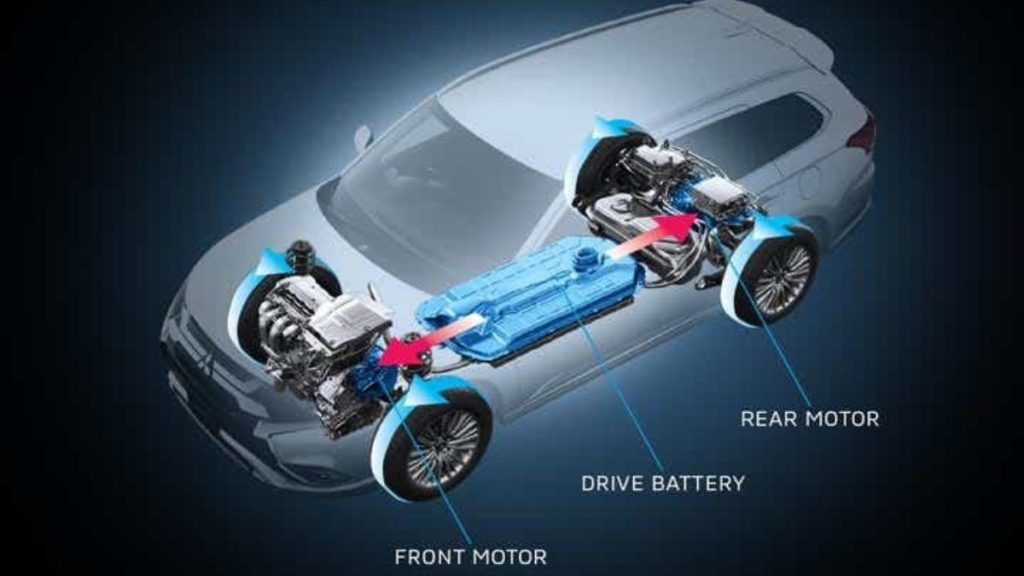
Electric motors in EVs are responsible for generating power. It’s also responsible for determining the total power output and the performance of an electric car.
They are mounted in between the wheels of an EV. Based on the number of electric motors and their position, an EV can be distinguished as either an FWD, RWD or an AWD.
Electric motors are rated in kW.
3. Inverters In Electric Cars
Inverters in electric cars are used to convert the DC supply coming from the battery to an AC and then transfer it to the motor.
After that, the motor generates the power and sends it to the wheels and car propels. Furthermore, in some EVs, when the brakes are applied, the kinetic energy is stored and used to charge the battery through a function called regenerative braking.
Inverters play an important role in converting that KE into useful electric energy.
4. Battery Management System (BMS) In Electric Vehicles
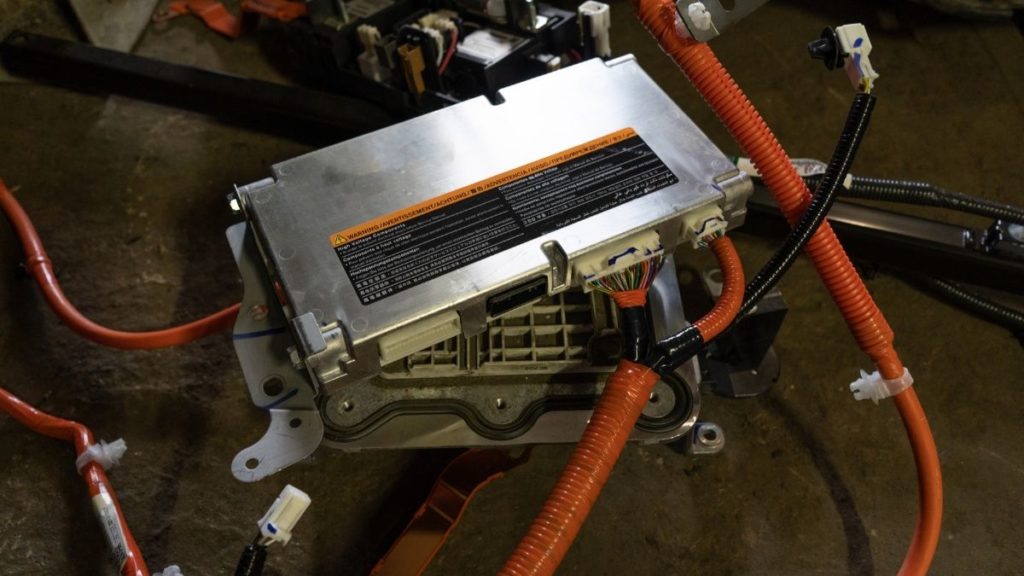
Battery Management System (BMS) in electric cars is an electronic system to look after the health of the batteries.
BMS monitors various factors of an electric car battery like the voltage, temperature, current, etc. in order to prevent any damage and ensure a prolonged life.
5. Transmission System In Electric Cars/ Do Electric Cars Have Gears?

Many people have doubts regarding the transmission system of electric cars. People often wonder if electric cars really have gears or not.
Well, the answer to this question is both yes and no. Electric cars do have a transmission system, however, it’s not like a normal gearbox you see in conventional vehicles.
Electric cars generally have a single-speed transmission system. They don’t have multiple gear ratios.
6. Electric Vehicle Charging Socket
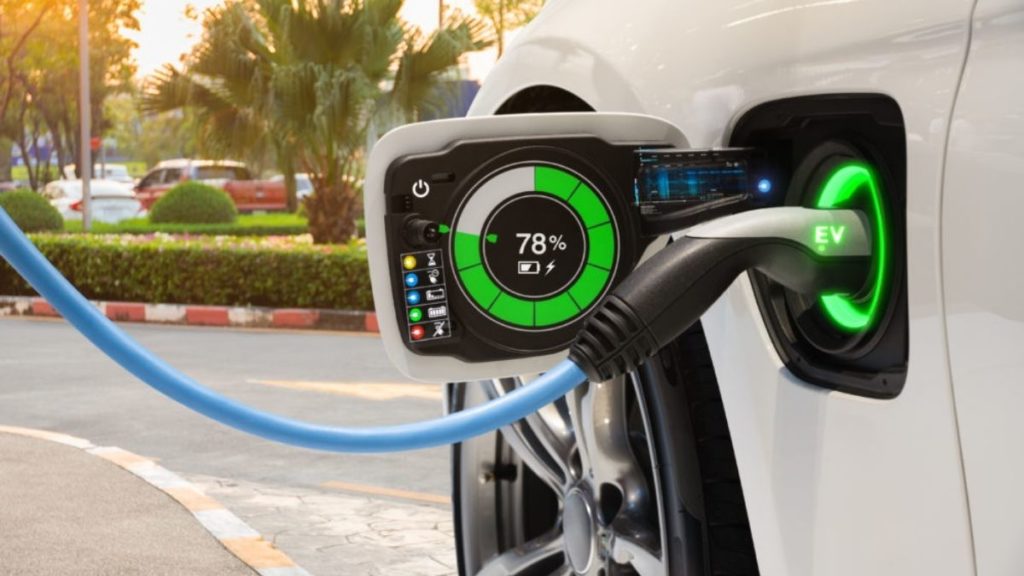
An electric car, like all electronic devices, needs a charger to charge itself. Electric cars have portable chargers that can be used to charge them at home or at DC fast charging stations.
Now that we have highlighted the most important components of electric cars. Let’s move forward and understand how it works.
Working Of An Electric Car
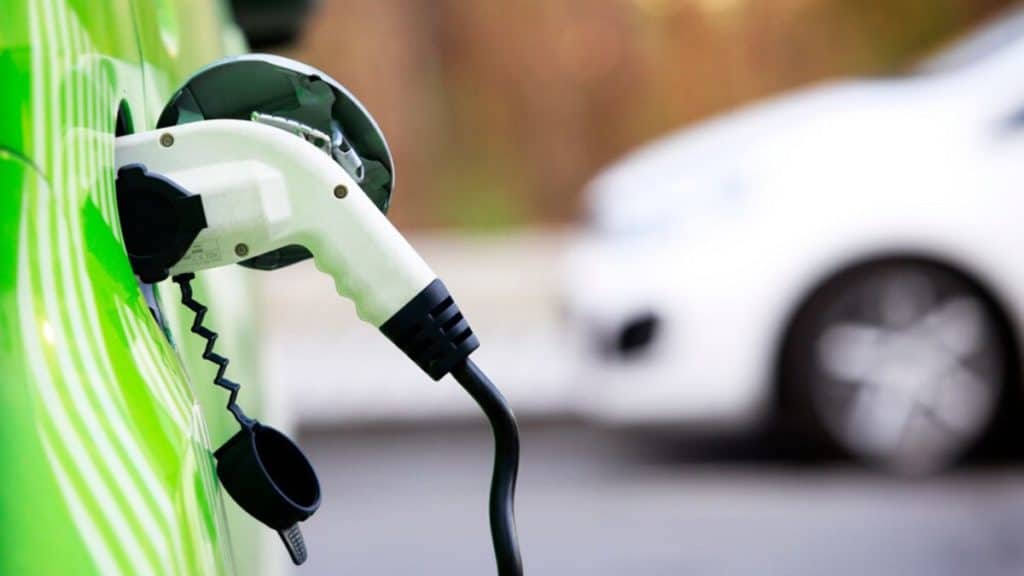
Electric vehicle technology is quite different from that of conventional cars. They have different a powertrain and components. Therefore how these electric cars work is completely different from conventional cars.
However, it’s not that complicated and you might even find it quite simple.
As mentioned earlier, batteries in electric cars store energy. When you turn on the car, the inverter converts this energy into AC form and then transfers it to the motors.
A single-speed transmission is used to control the amount being transferred to the wheels. This way the power is sent to the wheels and the electric car moves forward.
Do Electric Cars Use Oil?
Since there is no engine in electric vehicles, masses are skeptical whether EVs require any type of oil or not. Well, it’s obvious that due to the absence of an engine, electric vehicles don’t need engine oil.
However, there are other mechanical components that require periodic replacement of lubricants. For reference, brake fluids, transmission oil, thermal fluid, etc are some of the common types of oil used in electric vehicles.
Advantages And Disadvantages Of Electric Cars/ Vehicles
Similar to most existing technologies, electric cars also have both advantages as well as some drawbacks.
Let’s outline some of the major pros and cons of electric vehicles in brief.
Benefits Of Electric Cars
- Electric cars are better for the environment (zero emissions)
- Silent (Very little or no noise pollution)
- Cheap and low maintenance
- Relatively spacious (more cargo space)
- Low running cost
- You can get tax credits and other incentives
- Quicker acceleration than gasoline cars
Drawbacks Of Electric Cars
- Time Consuming: charging electric vehicles requires significant time
- Most EVs have very short electric ranges
- Less available options for EVs in the market compared to gas vehicles
- Underdeveloped charging infrastructure in most countries
- Relatively expensive
- Battery chemicals can be harmful to the environment under certain conditions
The benefits and drawbacks of electric cars are not just limited to the above pointers. In our article, we have also discussed the pros and cons of electric cars in detail.
Future Of Electric Vehicles
Electric vehicles were first discovered back in the 18th century but they never made it to the mainstream vehicles. EV technology has always been in cold storage until the present decade.
The first modern electric car made its appearance in 1996 and it was introduced by GM. After that, it took almost 16 years for electric vehicles to explore the tip of their real potential. In 2012, Tesla made its debut in the industry and changed the whole scenario.
After the entry of Tesla, there has been a revolution in the auto industry and nowadays there are multiple electric vehicles in the market. There are the several best electric cars that are giving a tough time to their counterpart ICE vehicles.
With time the number of EVs are increasing and people, as well as the government, are adopting them.
Some prominent nations have already announced their deadlines for completely shifting towards electric vehicles.
While other countries are also planning to shift towards electric mobility.
One thing is clear, sooner or later, electric cars are going to dominate the automotive industry. What we need to see is how quickly it gets done and how EV technology will improve in the coming future.
What are your opinions on the same? Share your views in the comments section below.

